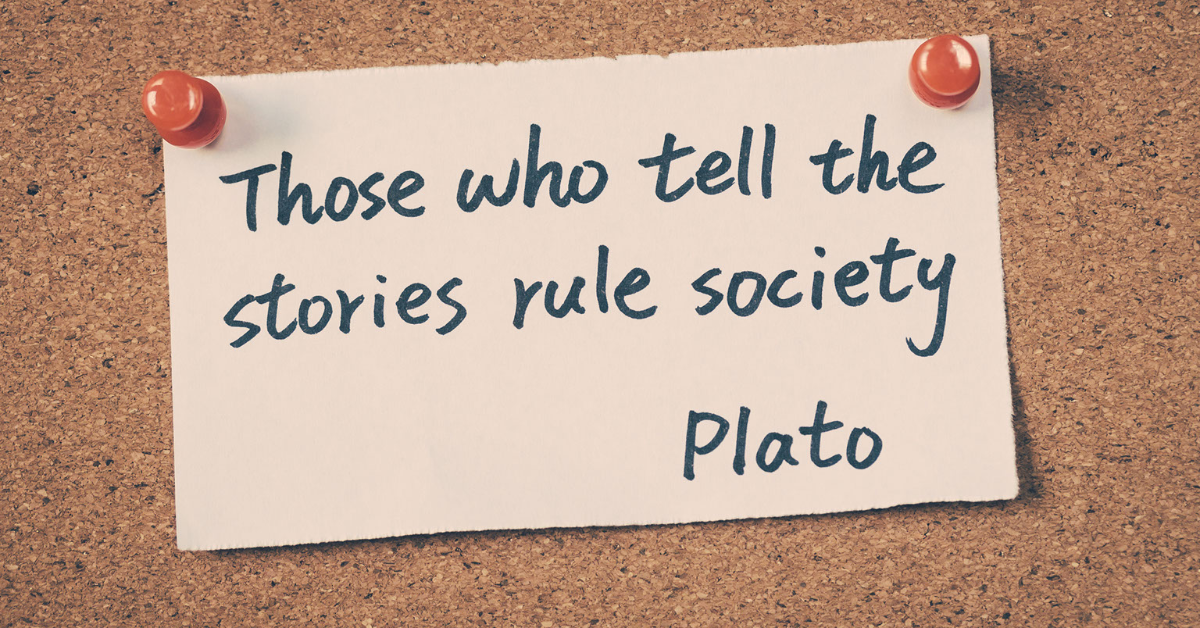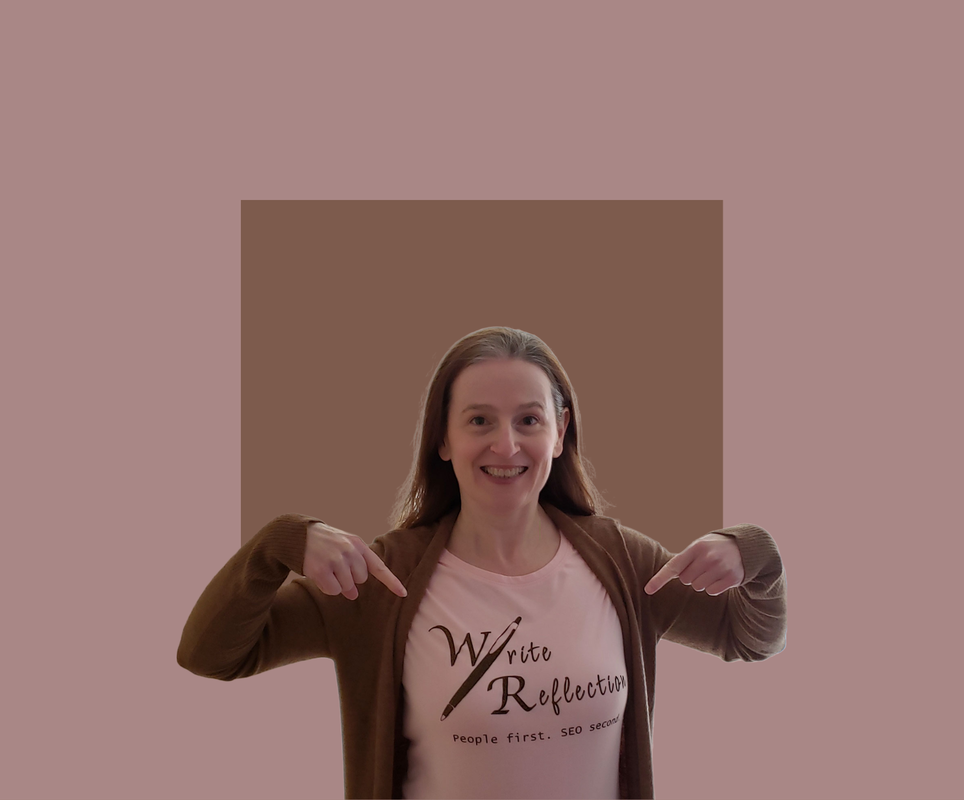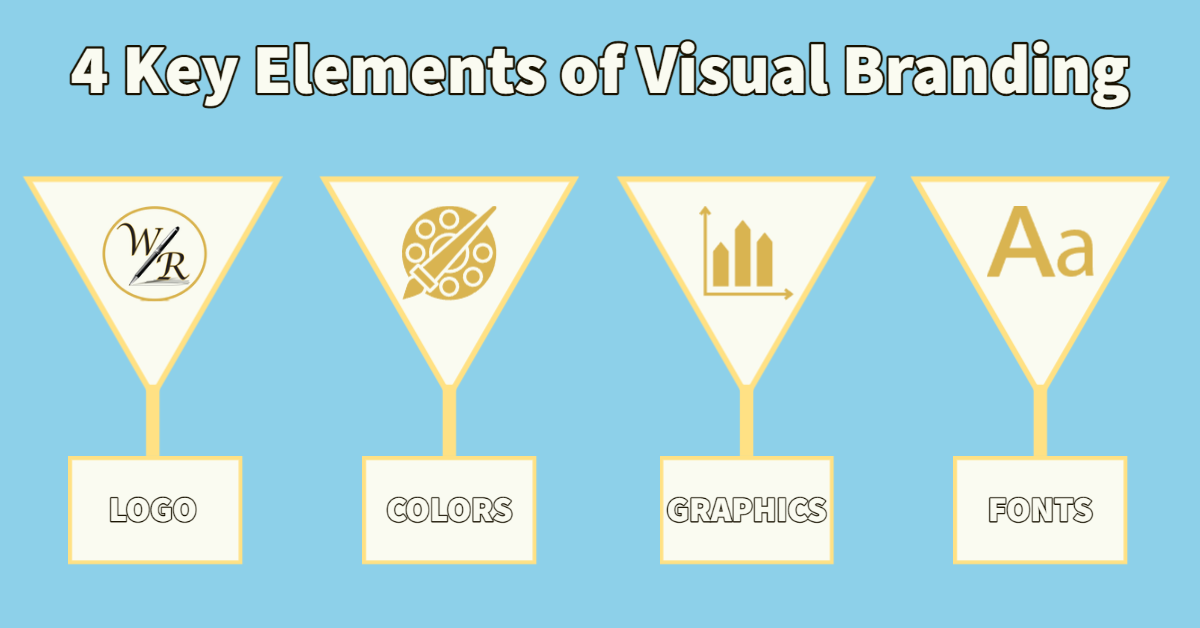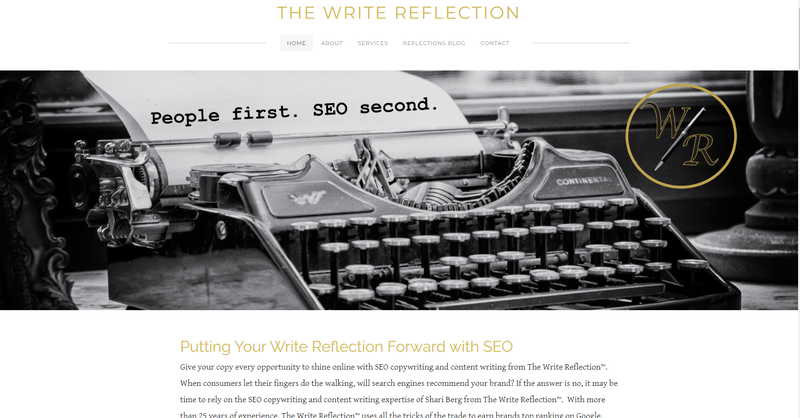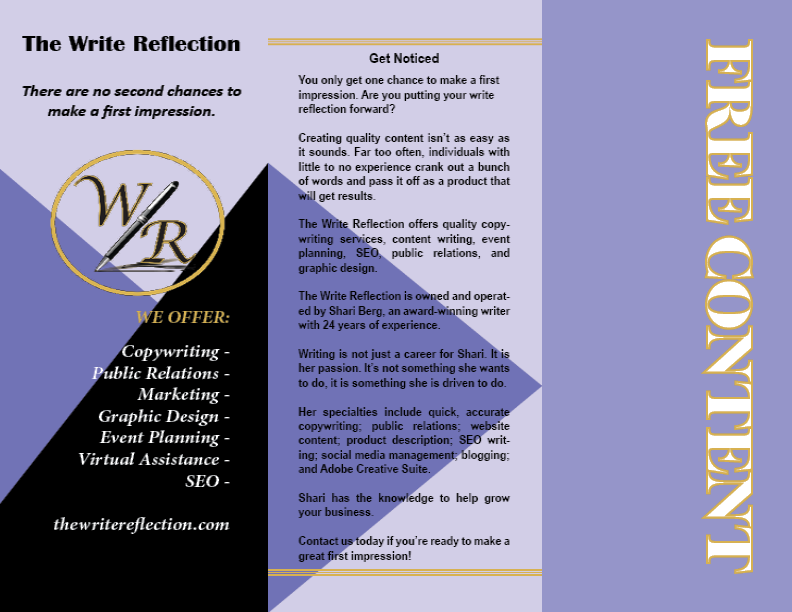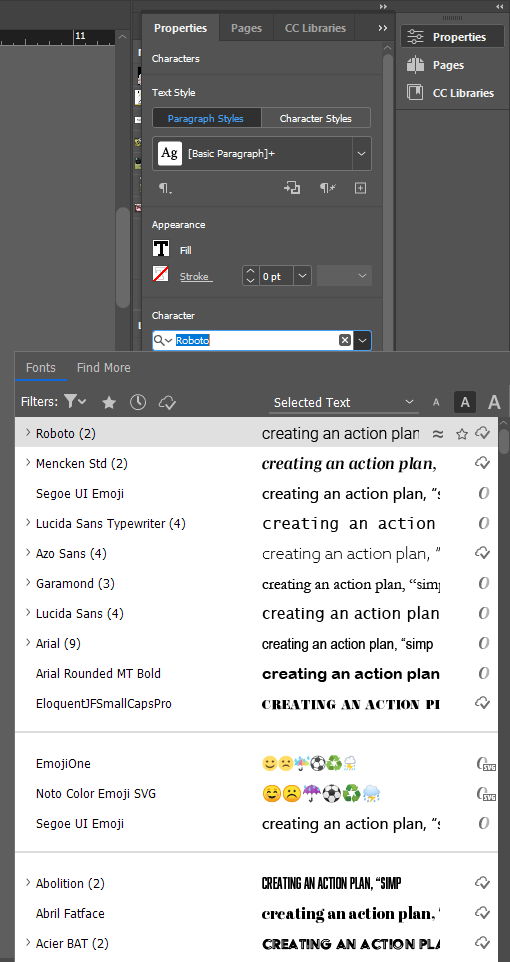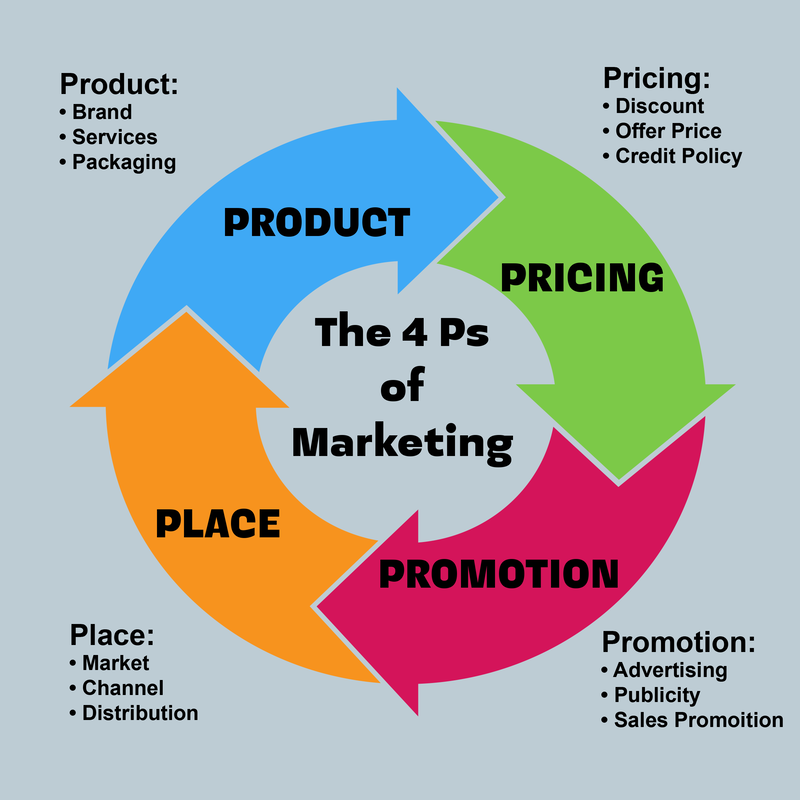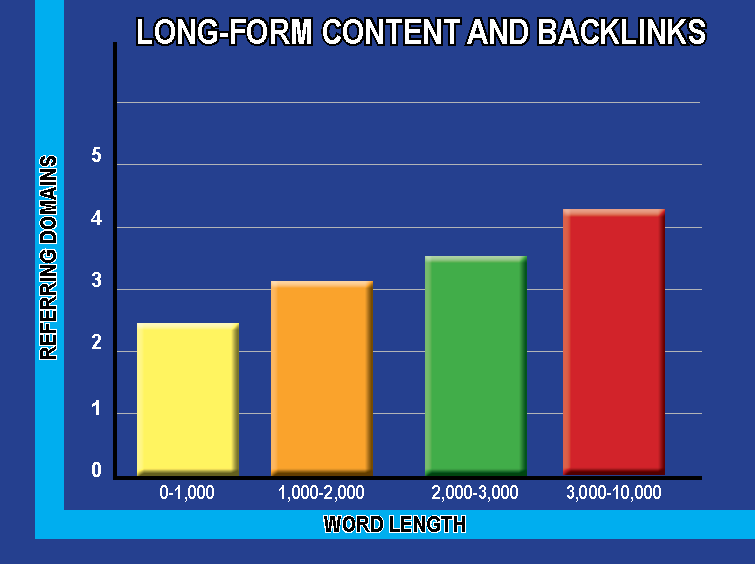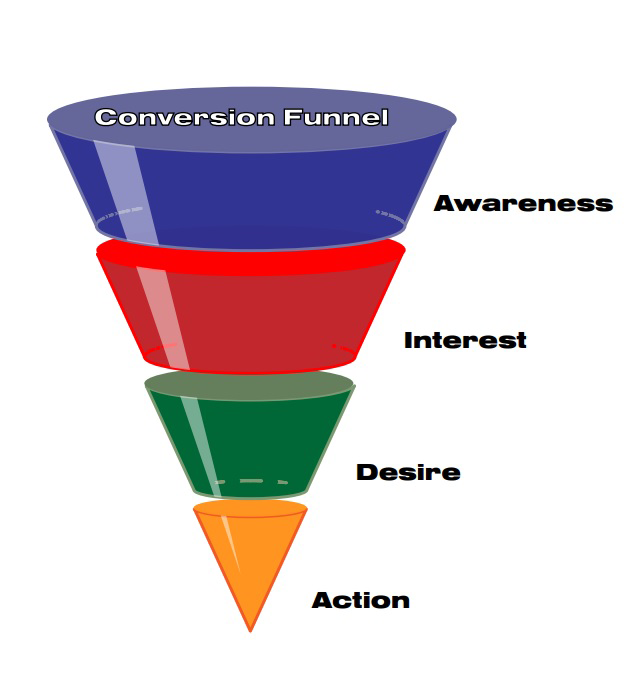|
There’s a new sheriff in cyberspace, promising to rid our search results of low-quality content designed with one thing in mind: gaming the SEO ranking system. That’s right, y’all. Google’s coming for the SEO content mills of the internet and soon. Google’s been known to change its algorithm more than most of us change our underwear. It can be frustrating for SEO content pros to keep up with all the requirements for getting their clients’ content found online. One thing I’ve always hated about Google’s algorithm was its partiality to SEO keywords. You’re probably thinking about how weird that declaration is coming from an SEO content expert. Let me explain. When you write content for search engines like Google instead of for readers, you end up with a bunch of keyword-stuffed gobbledygook. I’ve fought it kicking and screaming for the last 25 years because I know it’s a recipe for inferior content. What’s the Google helpful content update?Google has finally realized the error of its ways with the forthcoming launch of what it’s dubbed the helpful content update. I nearly spit out my tea when I saw Google’s official press release on the update, using the description “focus on people-first content.” I’ve always put people first and search engines second in my content. Heck, my business motto is “People First. SEO Second” for good reason. It’s my mission in life to help your target audience do more than just find your brand online. I want them to discover value-added content that’s engaging and solves problems. That’s how you build brand loyalists. For those who don't live and breathe all things SEO, Google’s update finds websites with high volumes of content that were specifically written for Search Engines and not people. When it finds them, it's not going to treat them favorably. If you paid a content mill to produce mass quantities of SEO keyword-stuff content that otherwise is of poor quality, Google is about to ruin your day. Enjoy your page ranking now because it’s going to drop in a hurry when the changes become effective. What the heck is a content mill?A content mill is a service that produces subpar content. Sadly, there are quite a few of them operating globally. You’ve probably come across their ads that make bold claims like “Content that ranks for just $25!” Business owners trying to stick to a budget easily are swayed by those kinds of promises but soon come to regret falling for them. Content mills never add value to your brand. They may get you on the first page of search results, but they aren’t going to help you achieve sustainable growth because their content creators often use bad SEO practices. Keyword stuffing is one of the go-to strategies content mills use. Google used to reward websites that engaged in this Black Hat SEO technique. Not anymore. Choosing to rank sites with content that keyword-stuffed SEO terms for the sole purpose of driving traffic to a page caused a much greater problem than even Google probably anticipated. It led to an internet full of poorly-written content that didn’t provide any value to readers. Content mills thrived under that system, promising SEO content that ranked by drafting 600-word articles that contained plenty of SEO keywords but no real insights. How do you write for people first?Writing for people first isn’t as difficult as you might imagine. It comes down to basic storytelling 101. Depending on the content you’re creating, you can use one of four storytelling formulas.
Focus on user intentStorytelling builds a firm foundation for your content, ensuring it’s serving your readers first. Examining user intent perfects it for search engines during the second stage of creation. There are three types of user intent: informational, navigational, and transactions.
How do you find people-first content creators?People-first content creators are rare (at least right now). Those of us who understand the value of storytelling and connecting with your target audience are unicorns for sure. But we do exist, and you must ask the right questions to pick us out in the crowded field of content creators. Here are two important questions you can drop to make sure you’re not about to hire a pimped-out content mill. 1. How much do you charge for content? If you get an answer of $15 to $25 for 800 words, you’re talking to a content mill agency or provider. When writers are paid so little to create content, they tend to cut corners. You’ll end up with poorly-written content that doesn’t engage or connect your readers with your brand. 2. Do you interview subject experts? Content that doesn’t include extensive research or subject matter expert interviews is typical of a content mill. They instruct their writers to find similar pieces of content online and spin them into a new piece. Writers that aren’t great at this tactic often end up plagiarizing someone else’s content, which can spell bad news for your brand.When in doubt, ask to see samples of their previous work. If it looks and sounds just like everything else you’ve seen online about the topic, it’s content mill work. A final warning about content creationIf you're resisting a content strategy that provides value-added content for your readers, you need to rethink your plans and fast. Panicking because you're not sure what to do? Contact me today and we can have a chat about the best approach for your brand.
0 Comments
Business owners must do more to help their brands stand the test of time. Gone are the days of developing a useful product and providing excellent customer service as the only components of longevity. Case in point: visual branding. If you’re wondering what the heck visual branding is and why you need to add it to your business model, you’re in luck. I sat down with visual branding guru Tina Wolfe of Tina Wolfe Creative Business Solutions recently to talk about all things visual branding. Tina provided some valuable insights any size business can use to influence how their brand shows up in the marketplace. Check out her tips then reach out to her for any projects that require her expertise. What the heck is visual branding?I know what you must be thinking. So many marketing terms, so little time. Why must you throw one more at us, Shari? If you’ve been reading my blog for any amount of time, you already know I’m not a fan of jargon. All industries have unique lingo that drives the common folk mad. Since I’m all about providing useful information my readers can understand and apply to everyday situations, I avoid jargon like most people avoid meetings that could have been an email. Visual branding – sometimes called visual identity – is simply the fancy way of describing how you build your brand’s presence through visual imagery. There are four key elements of visual branding:
Now that you know what visual branding is, let’s break down how to do it the right way with some handy tips from Tina. Branding vs. visual identity: what’s the difference?Sometimes marketing professionals use these terms interchangeably. That’s a big no-no and can be confusing for the uninitiated. Branding and visual identity are two different things. Creating a strong, positive perception of a company’s products or services is branding. It includes communication strategies, brand archetypes, and values. Think of it as that one thing that sets your business apart from every other business out there. Visual branding promotes consistency of your brand through visual elements like colors, fonts, images, and logos. Plating these visual clues in every piece of content produced helps customers quickly and easily identify it with your brand. Here’s a simpler way to describe the difference between the two. If branding is the bridge to your ultimate customer, then think of visual branding as the paint for that bridge. “Visual branding is really just an extension of branding,” said Wolfe. “It takes it one step further and lets you do so much more with your ultimate customer.” How is a visual identity used?Before you can create a visual identity, you must familiarize yourself with all the ways it can be used across different platforms. Among the most common places businesses use visual branding include:
How do brands create a visual identity?When working with clients, Wolfe uses a questionnaire to help identify the core values that define all aspects of a business. “How do you, as a company, want to show up in the world? What is the most important thing to your business? Is your business service-minded? All these things come into play when you’re looking at crafting both written messages and the visual around those messages to attract your ultimate customer,” Wolfe said. “It’s just such a simple thing. It tells your audience that you care about how you run your business because you’re putting that attention to detail in all aspects of your business.” Identifying the ideal customerShe also takes her clients through the customer identification process. Some marketing professionals use what’s known as an ideal customer avatar. Wolfe said she dislikes using that terminology because customers are real people that are best served when businesses keep that in mind during the visual branding process. Regardless of what you call it, the process is the same. It creates a deep dive into the person behind a brand’s ideal customer to identify all the characteristics that make someone an ideal customer. “Who is your customer? Who are you serving? What’s important to them? Why do they want your product? Why do they need your product?” are some of the questions Wolfe said she asks her clients during the visual branding process. The answer to these questions helps Wolfe craft a visual representation of a client’s brand. Problem-solving with visual brandingVisual branding works best when it solves a problem, Wolfe said. Coca-Cola is an example of a company that has nailed the problem-solving aspect of its visual identities. You can find the company’s logo, color palette, signature font and imagery in every piece of content it produces. Moreover, Coca-Cola creates marketing campaigns that are pure visual identity genius, featuring their products as the solution to everyday problems. Take this ad produced for the 2021 holiday season. It takes problem-solving to a whole new level. The ad is chock full of visual identity, including a Coca-Cola box that puts the finishing touch on a community effort featured in the ad. “Every time you see the Coca-Cola symbol or a bear at Christmas time, you know that’s a Coca-Cola commercial,” Wolfe said. “You automatically identify it.” What visual elements make a brand stand out online?As previously mentioned, there are four key elements of visual branding. Let’s break each of them down and talk about their importance to a well-rounded visual identity. Color paletteColors evoke emotional responses. Warm colors like red can represent anger or hostility, while cooler tones like blue and green promote feelings of calm and relaxation. Before you choose a color palette to represent your brand, you must decide what emotions you want to provoke in your target audience. Once you decide on colors, you must be consistent with their use in all digital and printed materials for your brand. Logos, advertisements, and website banners must all incorporate your colors. Most people choose one main color, then form the rest of the palette around it. You can do this by choosing darker or lighter shades of the same color or complementary colors. Fonts and typographyFonts and typography are important components of your visual identity. Any graphic designer worth their salt explains this to their clients before they create a logo or a banner for a website. Big, block lettering exudes stability and strength. Swirly scripts tend to denote elegance and tradition. Headers should be distinguished from body copy in digital and print media. The key is to choose fonts and typography that bring a balanced look and feel to your brand. Graphic design and imageryGraphic design elements like icons, patterns, shapes, and textures can add dimension to your visual branding. They can be used on websites, social media platforms, and even printed marketing materials. Be sure to use your color palette and fonts and typography in any design elements for consistency. Illustrations and photos are part of this category. Custom graphics and photos must represent your brand voice. Custom illustrations should use your color palette when possible. A well-placed logo within an illustration also is advisable. When choosing photos, make sure the objects, people, and places within the photo communicate the right message. Marketing pros call this “on-brand” visual messaging. For instance, if you’re a travel agent focused on exotic locations, choosing imagery that clearly illustrates some of the cool places you can send your clients would be on brand. LogoLogos are arguably the most important visual branding item in your toolkit. All other elements should be shaped around your logo. Wolfe said one of her first clients – a chamber of commerce – had a logo but nothing else. While the logo was recognizable by everyone in the community it served, most people couldn’t explain the purpose of the organization. She took that logo and created a visual branding package around it by adding a color palette, fonts, a stylebook, and a visual branding guide for their logo. “Everything we put out was then consistent with their mission statement and brand. When people saw a billboard, they knew that it was the chamber of commerce. When people saw a flyer, it was designed in such a way that it was obvious that the chamber was behind it.” How does visual branding enhance the customer experience?Every company strives to build trust with its target audience. After all, loyal customers refer your products and services to others, helping to grow your base. Some of the other ways visual identity improves the customer experience include:
Tools for creating your own visual branding“Canva is a great tool for business owners with small budgets who want to incorporate visual branding,” said Wolfe. “When you’re a small business owner, you’re wearing all the hats. Canva can help with creating basic visuals for all your marketing campaigns.” Businesses can choose between a Canva free or pro account. User-friendly tools like a drag-and-drop editor and access to more than a million free graphics and images can make visual branding affordable. Another tool Wolfe recommends is Buffer for social media management. Like Canva, it has a basic free option, plus three other plans at increasing price ranges. Businesses can prepare and schedule social media posts consistent with their visual branding to maintain consistency. Use Canva to create the graphics, then schedule them in Buffer. Need more help with visual branding? Reach out to Wolfe today to schedule a hassle-free consultation. AuthorShari Berg has known she wanted to be a writer since she was old enough to hold a pencil in her hand. She believes everyone has a story to tell, and it’s her job to discover it. Shari owns The Write Reflection, a Pittsburgh-based copywriting and content writing company that empowers small business owners to wield the power of words. |
Categories
All
Archives
April 2024
|



